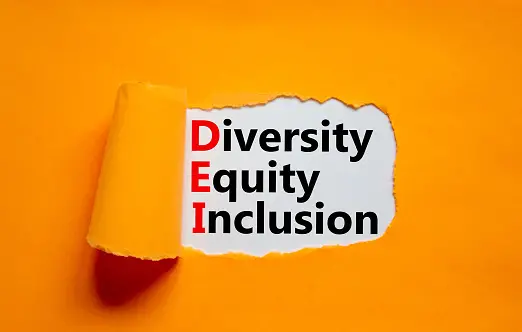Building partnerships and collaborations with other nonprofits and stakeholders is an essential aspect of successful nonprofit management.
How do you build partnerships and collaborations with other nonprofits and stakeholders?
The following steps can help you establish strong, productive partnerships:
- Define your goals and objectives: Clearly define the objectives and goals of your organization and determine what types of partnerships and collaborations will help you achieve those goals. This will help you identify potential partners that align with your mission.
- Research potential partners: Identify organizations and stakeholders that have a similar mission or goals as yours. Look for organizations that complement your work, rather than duplicating it. This will help you avoid competition and foster cooperation.
- Reach out to potential partners: Once you have identified potential partners, reach out to them through email, phone, or in-person meetings. Introduce yourself and your organization, explain your goals and objectives, and express your interest in exploring a partnership.
- Evaluate the partnership: Once you have made initial contact with potential partners, it is important to evaluate the partnership to determine if it is a good fit. Consider factors such as compatibility, resources, and overall goals.
- Develop a partnership plan: Once you have determined that a partnership is a good fit, develop a plan for the partnership. This should include specific goals and objectives, a timeline, and a plan for communication and collaboration.
- Foster open communication: Communication is key to the success of any partnership. Make sure that you have regular and open communication with your partners to ensure that everyone is on the same page and working towards the same goals.
- Celebrate successes: Celebrating successes, both big and small, is important for maintaining a positive relationship with your partners. This will help you build trust and strengthen the partnership over time.
Examples of successful partnerships and collaborations include:
- The American Cancer Society and the Lance Armstrong Foundation: The American Cancer Society and the Lance Armstrong Foundation joined forces to create the Live Strong program, which provides support and resources to cancer patients and their families.
- Habitat for Humanity International and Lowe’s: Habitat for Humanity International and Lowe’s have partnered to support Habitat’s mission to provide affordable housing to families in need. Lowe’s provides funding, materials, and volunteer support to help build homes.
- The Nature Conservancy and the Walt Disney Company: The Nature Conservancy and the Walt Disney Company have partnered to support conservation efforts and educate the public about the importance of protecting the environment.
- Feeding America and Walmart: Feeding America, the largest hunger-relief organization in the United States, partners with Walmart to support its mission of feeding families in need. Walmart provides funding, food donations, and volunteer support to help distribute food to those in need.
- UNICEF and Rotary International: UNICEF and Rotary International partner to improve the lives of children around the world. Rotary provides funding and volunteers to support UNICEF’s efforts to provide education, healthcare, and other critical services to children in need.
- American Red Cross and Google: The American Red Cross and Google have partnered to provide disaster relief services to communities affected by natural disasters. Google provides funding and technology support, while the Red Cross provides disaster relief services and support to affected communities.
- The World Wildlife Fund and The Coca-Cola Company: The World Wildlife Fund and The Coca-Cola Company partner to protect wildlife and promote sustainable agriculture practices. The Coca-Cola Company provides funding and resources to support WWF’s conservation efforts, while WWF provides expertise and support to help Coca-Cola implement sustainable practices in its operations.
- Jude Children’s Research Hospital and Target: St. Jude Children’s Research Hospital partners with Target to support its mission of treating and researching childhood cancer. Target provides funding and volunteer support to help St. Jude provide care and support to children and families affected by cancer.
These partnerships and collaborations demonstrate how organizations with different strengths and resources can work together to make a greater impact in their communities and the world. By pooling resources and working towards a common goal, nonprofits and stakeholders can achieve more together than they could alone.
In conclusion, building partnerships and collaborations with other nonprofits and stakeholders is a crucial aspect of nonprofit management. By following these steps, you can establish strong, productive partnerships that will help you achieve your goals and make a positive impact in your community.






